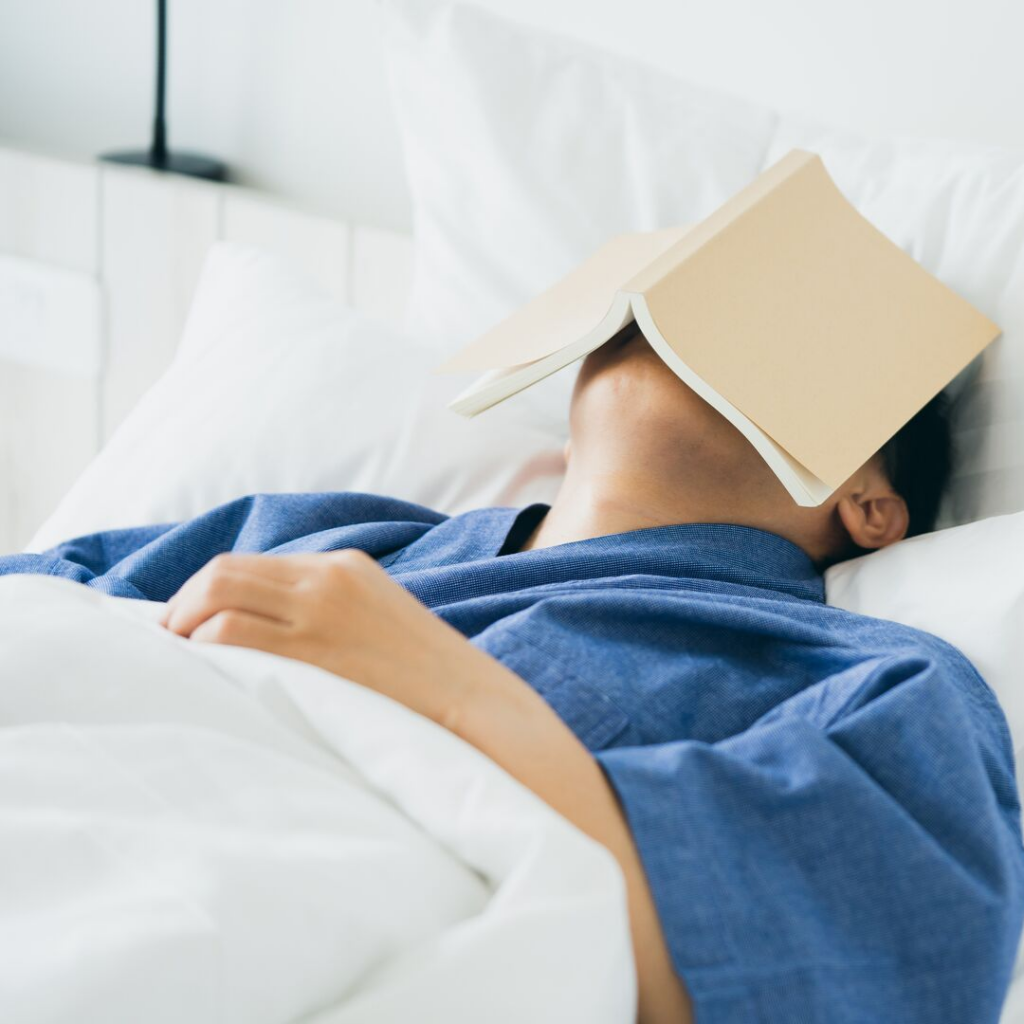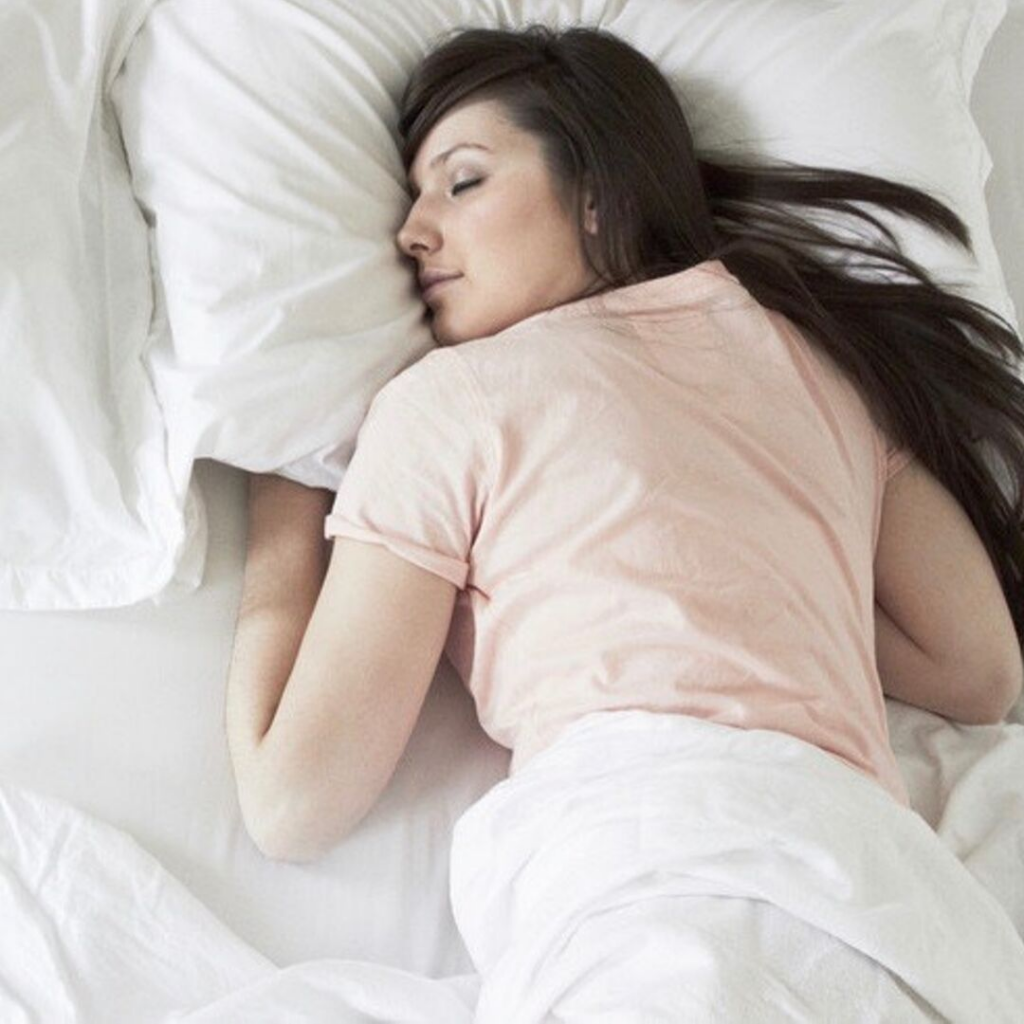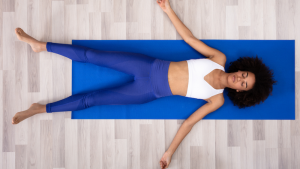As an osteopath, it’s routine to be talking with patients about sleep, especially if discomfort or pain is making it difficult to get to sleep. Any joint-related problem or health concern can be a factor that influences our choice of sleep position. The question that comes up most often is what position is best?
We sleep for an estimated third of our life, often in a habitual position, during the hours of deep sleep, many people move around and change positions. While others are pretty much static. While you might not be sleeping in an ideal position, the most important thing is to be comfortable, fall asleep quickly and get enough rest.
People with a neck, back, shoulder or hip problem often report difficulty getting in, and especially out of bed. Or become uncomfortable during the night, struggle to turn over, get up to pop to the loo. The challenges of getting enough sleep during an acute episode or persistent occurrences of pain are common and frustrating too.
According to biomechanist Katy Bowman, “There is no ideal sleep position, in the same way, there is no ideal all-day position. Humans have been sleeping on varying natural surfaces (curling or opening their body for heat regulation) for aeons just like any other animal.”
There are three common sleep positions.
Supine – sleeping on your back.

- 74% of adults sleep in this position.
- Many health professionals recommend a supine position for back and neck health because the spine will remain aligned if the bed has a supportive mattress.
- In an ideal world, all adults would sleep on their backs without a pillow (*). So their neck remains in a neutral position as they wriggle, adjust and move up to 200 times throughout the night, just like they did as an infant.
- If you find that using a pillow helps prevent your neck from feeling strained, that’s great, but they are not necessary for everyone. Plus propping yourself up with lots of pillows (see separate blog on pillows) may cause you being on your local osteopath treatment couch with a neck strain.
- Some people find it helpful to elevate their upper body a little, but rather than propping yourself up with lots of pillows, which can compromise your spinal curves. Try using a specially designed wedge as they will keep the spine aligned (see support below).
- A foam wedge-shaped cushion or pillow can provide a low-cost solution to getting more support, and worth with a try before investing in an adjustable bed.
- If you are considering changing your bed to manage a long-term problem, an adjustable bed might be a good option, because it will allow the head or foot end to raised and lowered separately as needed. Although these beds can be more expensive, they have become increasingly popular.
- Comfort tip: Try putting a pillow or rolled-up towel under your knees; this can help relieve back pain when lying flat with legs outstretched.
Foetal position – sleeping on your side.

- 16% of adults sleep in this position, and it’s sometimes advised to manage some spinal problems.
- It involves lying on your side with the knees curled; this position opens the facet joints in the spine and can relieve pressure and irritation. It’s essential to use the correct height of pillows to fill the gap/width of your shoulder and ensure a well-aligned spine. Avoid curling too far into a foetal position as it can strain your neck and back.
- Comfort tip: putting a pillow between your knees can ease your back or pelvis as it keeps your legs parallel.
- Caution: Side sleeping can cause difficulties for people with shoulder pain and some hip problems.
Prone – sleeping on your front

- 10% of people sleep in this position.
- Also called prone sleeping, is in most cases this position is rarely advised. Because of the pressure, it can put on the lower back joints and forced rotation through the neck, and put pressure on organs. However, if this is your only comfortable position. Or if a health professional has advised a front sleeping position to reduce snoring, or manage another problem such as a detached retina, the following tips might be helpful.
- Support your lower back by placing a pillow under your hips and stomach, to avoid the lower spine moving into an exaggerated curve.
- Place a pillow diagonally under your head to support your neck. Your face will be on edge or just off the pillow.
- Comfort tip: Avoid bringing your arms up above shoulder height or under your head to, prevent strain.
Final thoughts
While we know that lack of sleep can slow illness and injury recovery and lead to other health problems, changing habits can be difficult and cause stress. I aim to help people get comfortable in their preferred position and only suggest a change of position if we are both sure that it will make things better. Sleep well.







